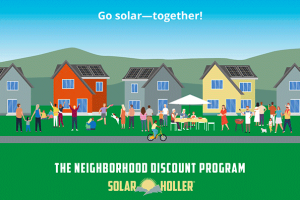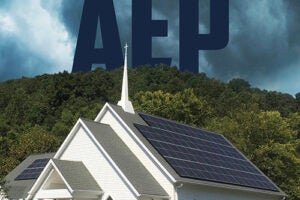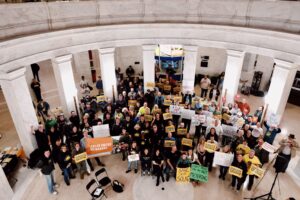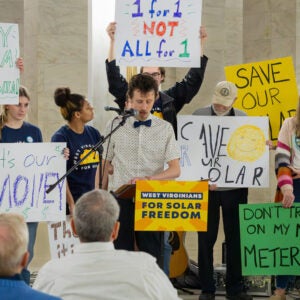Solar offers a way out of staggering utility rate hikes
On Tuesday, October 12, the West Virginia Public Service Commission ruled in favor of AEP’s latest request to raise rates – their fourth rate increase in the past three years. AEP petitioned for the higher rates in order to pay for upgrades to three of its legacy power plants, a bill that neither Virginia nor Kentucky were willing to foot.
AEP will transfer an estimated $448 million in costs to its West Virginia customers over the next 10 years.
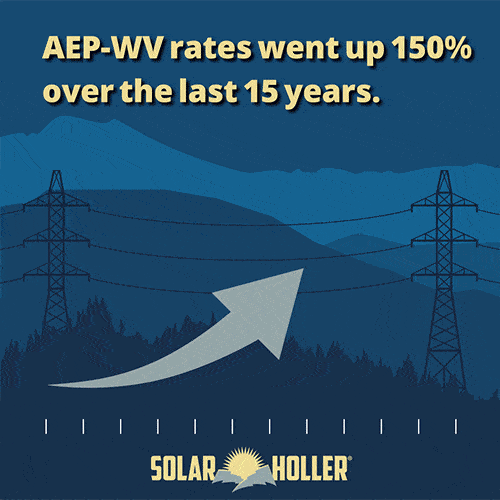 Source: WV Gazette Mail
Source: WV Gazette Mail
The reality for West Virginia AEP customers is harsh. Since 2018, rates have gone up by nearly 35%, while the pandemic has taken its toll on our economy and soured employment prospects. If your electric bill was $200 in 2018, you’ll soon be paying $270 for the same amount of electricity.
AEP customers in Kentucky and Virginia won’t see an increase in their electric bills. Regulators in those states ruled against paying their share of the added costs in favor of more price-stable, cost effective investments in wind and solar power generation — leaving West Virginia ratepayers with the enormous burden of bankrolling all of AEP’s upgrade costs alone. While we bail out the power plants, AEP, a hugely-profitable, private corporation can amass even more wealth.
In a statement, AARP West Virginia state director, Gaylene Miller characterized the decision as a deep disappointment that unfairly burdens West Virginia ratepayers. She notes that the overwhelming majority of public comments submitted to the commission showed that industrial and residential ratepayers were strongly opposed to the proposal.
“On behalf of West Virginia consumers, AARP expresses its deep disappointment in the Public Service Commission of West Virginia for approving a half-billion utility rate hike for Appalachian Power and Wheeling Power customers…American Electric Power will recoup its half-billion investment solely on the backs of West Virginia ratepayers, who will continue to export power they’re paying to produce to others states while seeing their own utility bills escalate for the foreseeable future.” – AARP West Virginia
According to reporting by the WV Gazette Mail and data compiled from the US Energy Information Administration:
“In 2005, West Virginia had the lowest average residential electricity retail price in the nation… By 2020, West Virginia wasn’t even among the lowest third of states nationwide in that category.”
Solar offers a way out.
Solar is now much less expensive than utility power, particularly in AEP territory. The PSC may put its thumb on the scale to favor AEP at the expense of homeowners and businesses — but ratepayers don’t have to go along.
“My solar loan is less than my monthly electric bill was. You can add solar and your bills go down. It’s a no brainer!” – Mike Grady, solar since 2019
AEP customers switching to solar are seeing as much as 20% savings –
in their first year.
For a family spending $200/month with the utility right now, Solar Holler can often swap that bill for a fixed solar payment of $160-180/month, using our innovative solar financing.
AEP may have a monopoly over the region they serve – West Virginians can’t choose which utility they purchase their electricity from. But folks can choose to ditch the utility altogether, start making their own power with solar, and protect themselves from continual rate increases.


